Inbound and Outbound Logistics: Objectives, Differences, & Tips
With a sound inbound logistics process, businesses can restock their best sellers in time for the holidays, introduce new products for sale, and even process returns. On the outbound side, you can ship packages to customers and other stakeholders on time.
Below we dive into how to achieve just that.
So, what do you want to learn?
Request Fulfillment Pricing
Let’s talk. Our experts can help you boost your order volume by 30% year over year.
A fulfillment expert will get back to you shortly. Privacy Policy
Distributed Inventory: How Multiple Fulfillment Centers Can Reduce Transit Times & Shipping Costs
Ship faster & save money by splitting your inventory. Learn how.
Download the guide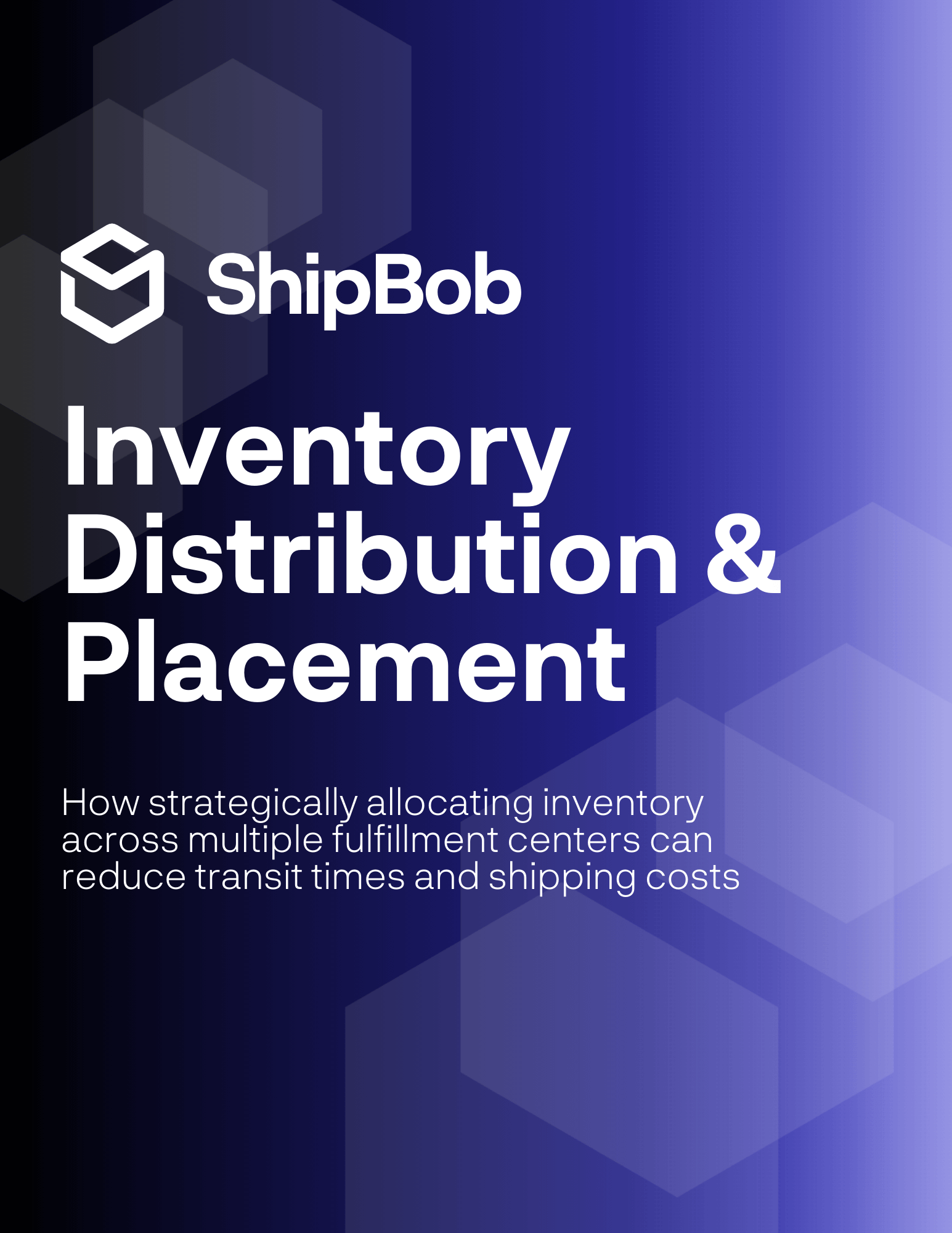
What is inbound and outbound logistics?
Inbound and outbound logistics refer to two of the most common processes to move goods throughout the retail supply chain.
While they are similar in nature and both involve the transportation of products across various distribution channels, inbound logistics deals with supply and outbound logistics fulfills demand.
Inbound logistics
Inbound logistics are all about moving raw materials, supplies, or finished goods into a supply chain. Through inbound logistics, a business secures its supply — that is, it obtains the products (or the materials to make the products) that it will eventually sell.
The logistics processes that transport raw materials, inventory, or supplies from a supplier and into a business’s warehouse, distribution center, fulfillment center, or retail store are all considered inbound logistics.
Outbound logistics
Outbound logistics are all about moving finished inventory out of a supply chain — that is, moving inventory out of storage, fulfilling orders, and delivering those orders to end customers.
Any logistics process involved in order confirmation, fulfillment (including picking and packing), shipping, last-mile delivery, customer service, and troubleshooting qualifies as an outbound logistics process.
Check out ShipBob’s Warehouse Management System (WMS)
ShipBob’s WMS helps your warehouse reduce picking errors, manage inventory in real time, and fulfill orders faster.
What is the difference between inbound and outbound logistics?
Inbound and outbound logistics aim to accomplish different things. The purpose of inbound logistics is to secure supply for a business, while the purpose of outbound logistics is to meet and fulfill demand.
Inbound and outbound logistics processes also move and deliver different goods to different parties. Inbound logistics processes move inventory, raw materials, or supplies from a supplier to a business; outbound logistics, on the other hand, move finished products from a business to the end customer or user.
The comparison table below breaks out the differences between inbound and outbound logistics processes.
| Inbound | Outbound | |
| Definition | The processes involved in moving materials or goods into a supply chain, and securing inventory that your business later sells | The processes involved in moving finished inventory out of a supply chain by fulfilling and shipping orders to end customers. |
| Processes | – Materials management – Sourcing – Warehouse receiving – inventory storage | – Order confirmation & processing – Picking – Packing – Shipping – Last-mile delivery – Customer service involving deliveries |
| Touchpoints | Transported From: – Supplier – Manufacturer – Distributor – Product holder Delivered To: -Company -Brand -Retailer -Third-party logistics company | Transported From: – Company – Brand – Retailer – Third-party logistics company Delivered To: – End customersEnd users |
Importance of having effective inbound and outbound logistics
Together, inbound and outbound logistics processes make up the majority of an ecommerce business’s supply chain. Thus, if a business wants to succeed, it is imperative that it establish effective logistics processes throughout their business.
However, there are also other benefits to honing one’s inbound and outbound logistics operations.
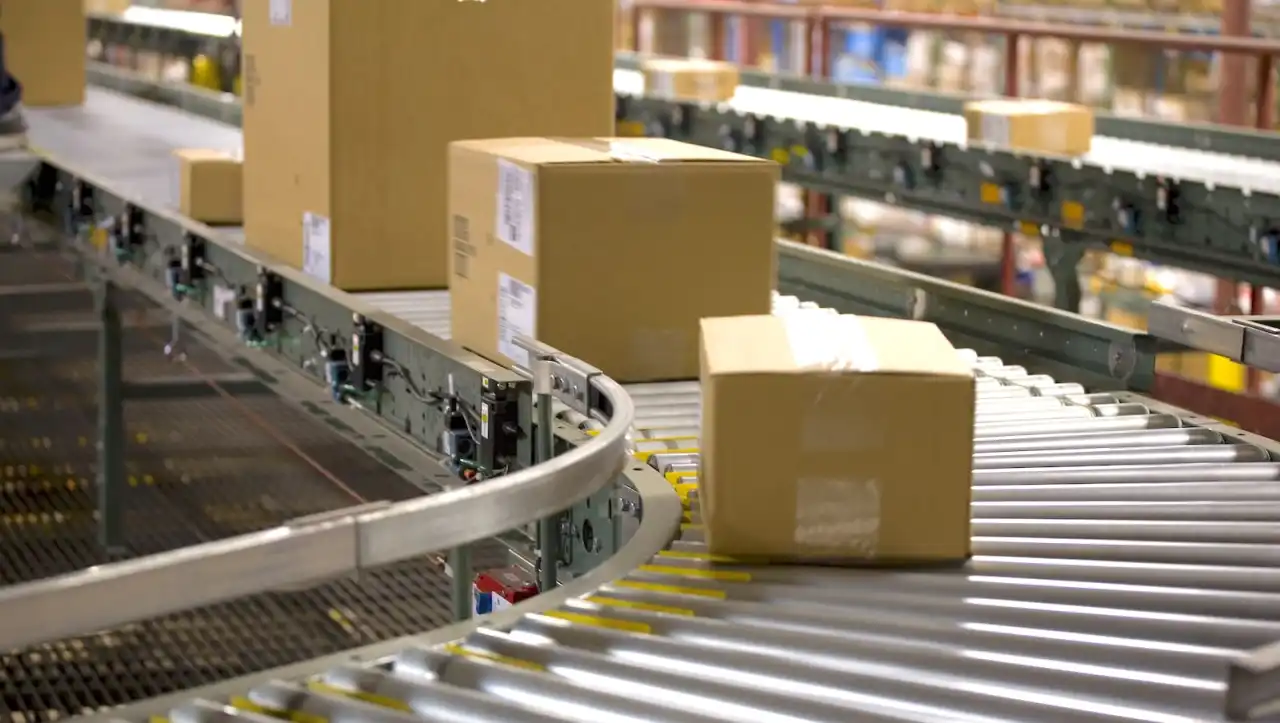
Improve the flow of goods
When a business’s logistics processes are all streamlined, it is much easier — and quicker — for goods to move from one stage of the supply chain to the next. This saves time and effort, and keeps your operations running smoothly.
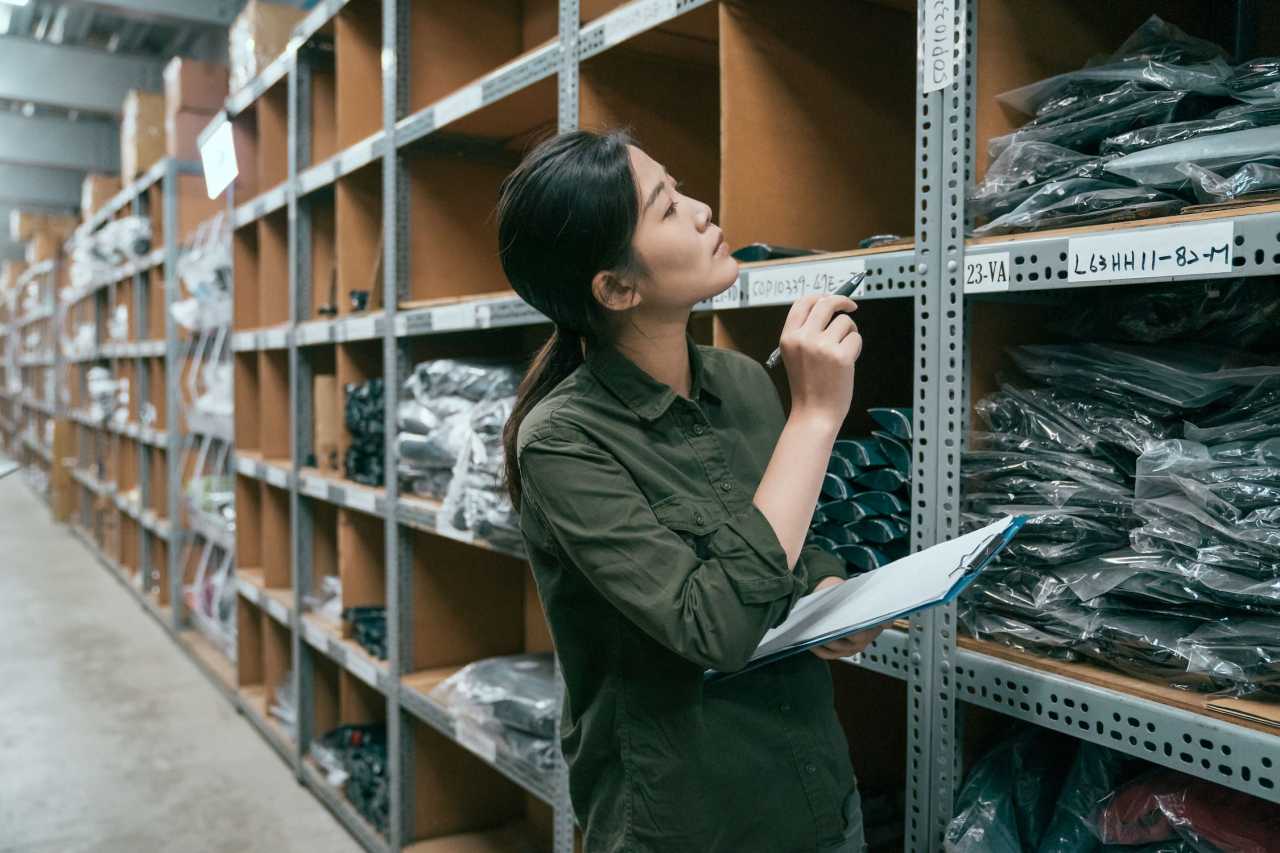
Increase inventory and order accuracy
Streamlined inbound and outbound logistics give a business better control over its output. When logistics processes are quick and predictable, mistakes are far less likely to occur.
For example, it’s much harder to lose or damage inventory when one’s inventory receiving process is simple and intuitive. Similarly, when fulfillment is carefully monitored for quality control, workers may be less likely to accidentally swap two shipping address labels.

Optimize speed of delivery
The faster and more efficiently inventory is ordered, received, picked, packed, and shipped, the sooner the end customer’s order arrives at their doorstep. Well-oiled inbound and outbound logistics together facilitate quick delivery that not only delights customers, but also provides a competitive advantage to the business.

Maximize sales and revenue
A business’s revenue depends on its ability not just to make sales, but to follow through on those sales.
As noted above, efficient inbound and outbound logistics processes enable a business to deliver more accurate orders to customers more quickly — which, in turn, meets a customer’s expectations and encourages them to purchase again.
Thus, by paving the way for a smoother customer experience, quality inbound and outbound logistics can increase sales and bolster a business’s bottom line.

Reduce costs
In addition to increasing revenue, well-managed inbound and outbound logistics can save a business money. More efficient logistics are more cost-effective to run, as they necessitate fewer labor hours a business must pay for. Better logistics systems are also less prone to losing inventory, saving the business a sunk cost.
The inbound and outbound logistics processes
Inbound and outbound logistics both focus on the transportation of goods from one distribution network to another. Knowing how each process works is crucial to optimizing your supply chain, reducing logistics costs, and better managing customer expectations.
Inbound logistics processes
Here are a few of the most common inbound logistics processes.
1. Sourcing materials
The first inbound logistics process — and the first step in the overall supply chain — is deciding what materials or inventory your business needs, and determining how to get them. Sourcing involves researching materials or products, and settling on which manufacturer, supplier, or vendor you’ll purchase them from.
2. Purchasing materials
Next, your business must actually place a purchase order for the materials or inventory they sourced. You and your supplier or manufacturer should keep a record of the transaction, as well as what materials and/or goods your business ordered, and have proper freight shipping tracking in place.
3. Transport to distribution channels
After confirming your order, the supplier or manufacturer is responsible for transporting the goods to the appropriate location or distribution channel by freight shipping (usually via ocean, air, ground, or a combination). A business can have goods sent to their retail stores, warehouses, fulfillment centers, or other distribution centers.
4. Receiving
Once the goods arrive at the store, warehouse, or fulfillment center, the location’s receiving team is in charge of receiving the inventory. The team will accept the shipment, log it in their records, and count the contents to make sure that the shipment is precisely what was ordered.
5. Storage
If the shipment is acceptable, the receiving team will then move the inventory into storage. It will remain there until it’s used in outbound logistics processes.
6. Reverse logistics
Reverse logistics — or the processing of customer returns and exchanges — also qualifies as an inbound logistics process, as inventory is technically coming into the warehouse.
When shipments from customers arrive at the warehouse, they need to be examined. If the product is unopened or in good condition, it may be restocked into available inventory; otherwise, the warehouse team will need to find a way to move it out of the warehouse.
Outbound logistics processes
Here are a few of the most common outbound logistics processes.
1. Order processing
As soon as a customer places an order on your ecommerce website, the first outbound logistics step is to process it.
Every order is sent through a business’s order management system, and then passed to the appropriate warehouse or fulfillment center, where it’s pushed into the fulfillment queue.
2. Product picking and packing
When it comes time to fulfill the order, products from inventory must be picked from their assigned inventory location, and inventory counts are updated to ensure stock levels are accurate.
Products are then packed in boxes or poly mailers, labeled with the correct shipping details, and sorted by carrier and service.
3. Shipping finished goods
Finally, carriers (such as FedEx, UPS, or USPS) pick up the packages, and transport each one to its final destination.
Depending on how far a package must travel, carriers may use a variety or transportation methods in the shipping process (including ground transport, air, rail, or even ocean).
4. Customer service and troubleshooting
Because outbound logistics include any process related to getting orders to customers, troubleshooting customer issues should be considered a part of outbound logistics.
Your business should be prepared to communicate with customers and swiftly handle problems related to order details, fulfillment, or shipping.
Which one is more important?
Neither inbound nor outbound logistics are inherently more important than the other. Without inbound logistics, a business has no inventory to move through outbound logistics processes; but without outbound logistics, inventory piles up until it becomes deadstock, and a business cannot profit. Therefore both are necessary for a cohesive supply chain.
Similarly, excelling in one logistical process but struggling in another is not enough to consistently meet customer requirements. A business should carefully optimize every phase of its supply chain, as every stage has the potential to make or break the customer experience.
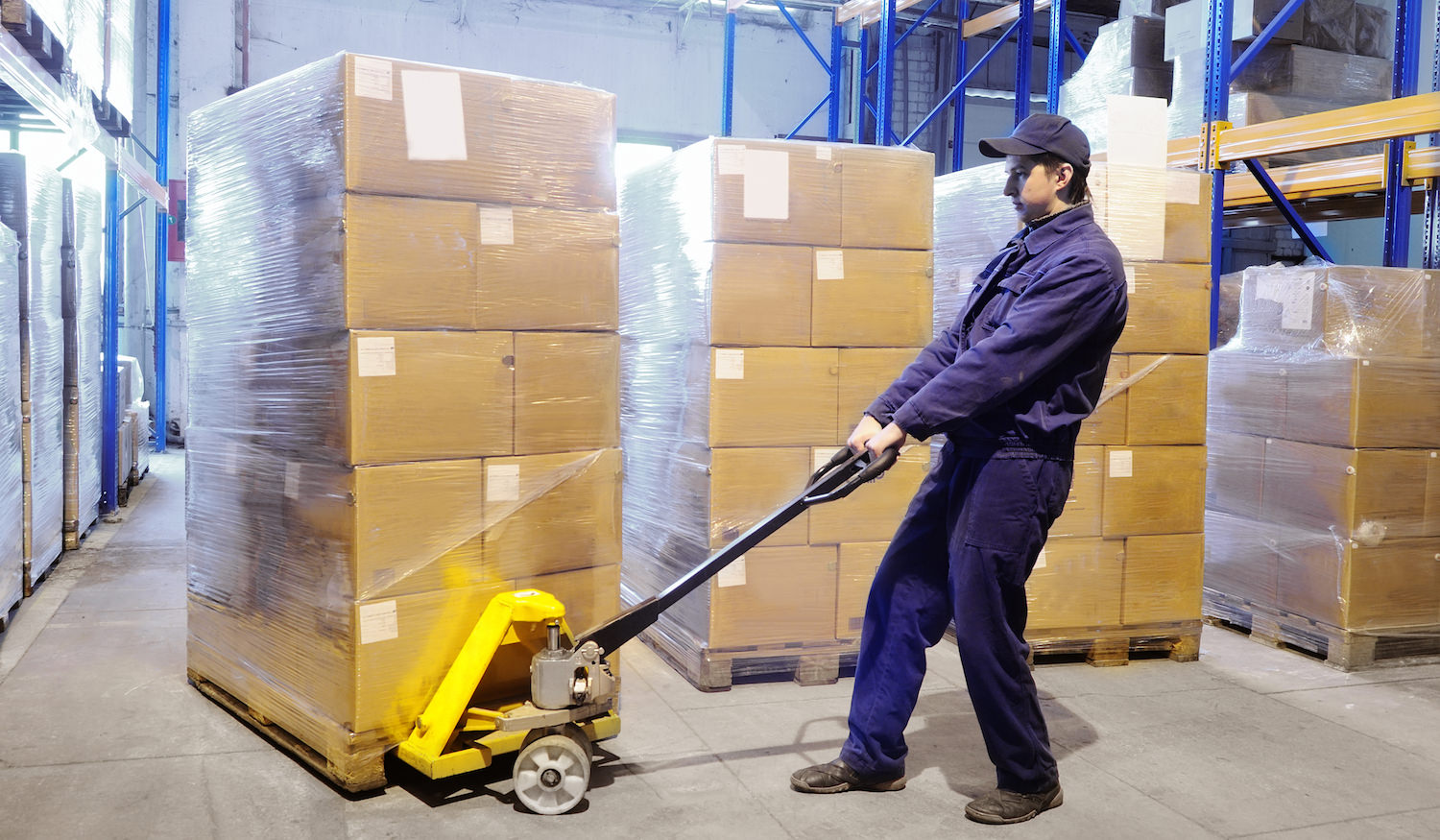
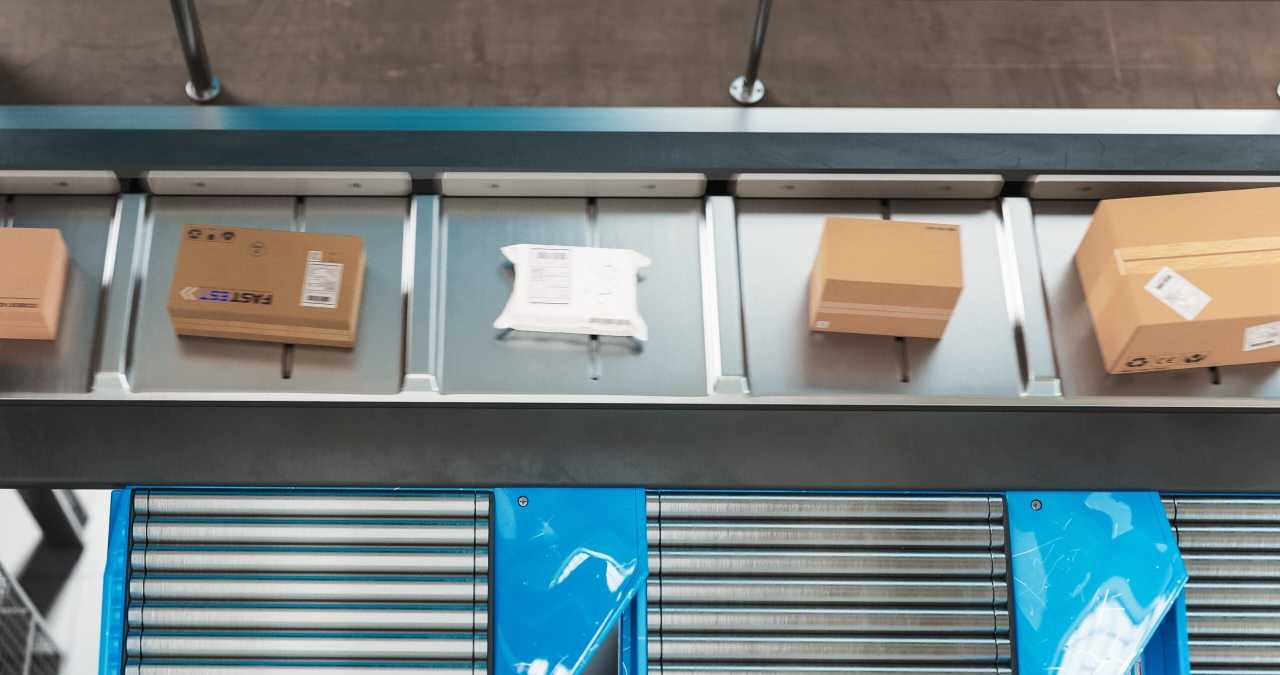
Logistics KPIs your competitors are probably tracking
To make sure your inbound and outbound logistics processes are performing well, you’ll need to track some important key performance indicators (or KPIs).
The KPIs you should track depend on a variety of factors, including your business’s goals. Because a business’s goals can change over time, the KPIs of interest to your business may change as well — and as you detect new opportunities for improvement, you may cease tracking some KPIs and begin tracking others.
Some KPIs that your business may find useful include:
Inbound KPIs:
- Freight bill accuracy
- Loading and unloading times
- Lead times
Outbound Logistics:
- Order volume
- Perfect order rate
- Order fill rate
- Order accuracy rate
- Inventory turnover
- Supply chain costs
- Average delivery time
- Customer order cycle time
- Cash-to-cash cycle time
- Time to ship
- Return rate
5 biggest challenges of inbound and outbound logistics
Both inbound and outbound logistics bring value to your supply chain — but both also bring challenges.
Here are some of the most common challenges business experience in their inbound and outbound logistics.
Difficulties with quality control
Involving outside suppliers in your supply chain may be necessary, but it nevertheless increases the chances of procurement errors. Supplier errors are exacerbated by lax counts and checks in the inventory receiving process.
Reduced visibility into transportation operations
Similarly, when manufacturers or carriers ship your goods, you have less insight into the details of the process. Inventory may be lost or damaged in transit, and tracking your inventory can be challenging, depending on the manufacturer or carrier.
Prolonged lead times
Global supply chain crises and fluctuations in demand can cause lead times to skyrocket. When this occurs, freight shipments and last-mile deliveries alike are delayed, which can throw off the delicate timing of your supply chain.
High costs
Unless optimized for cost, inbound and outbound logistics can easily become extremely expensive to maintain. The more complex a supply chain, the more difficult it is to find cost-effective solutions for issues that arise.
Inventory and fulfillment accuracy
However sophisticated a business’s inbound and outbound logistics are, common errors can still plague it. Inventory shrinkage, mistakes in entering order information, and picking and packing errors seem like little issues, but can cause big problems for a business when left unchecked.
How to optimize your inbound and outbound logistics
Here are a few best practices to implement throughout your supply chain to improve both your inbound and outbound logistics.
Inbound logistics
There are a number of easily-actionable steps that you can take to improve your inbound logistics.
Reduce inventory costs
Inventory holding costs can quickly ramp up as your business grows, as more warehousing space comes with a higher price tag — especially if you invest in the infrastructure yourself. While you do need a steady supply of inventory to match your demand, if you order too much inventory, you will face high inventory carrying costs.
To keep storage costs down while still meeting demand, try implementing these tips:
- Invest more heavily in items that have high turnover rates, as these items are more likely to sell.
- Consider using the JIT (or “just in time”) inventory strategy when reordering to minimize the amount of time products sit unsold on shelves.
- Perform regular inventory audits to avoid amassing deadstock, and to make room for other inventory.
- Consider consignment inventory as a strategy to move inventory without additional cost or the risk of overstocking.
Optimize stock levels
Having just the right amount of inventory in stock at all times prevents all sorts of logistical snags.
Start optimizing your stock levels by improving your demand forecasts, as accurate predictions will help your business stock up on the SKUs that are most likely to sell.
Next, calculate the optimal reorder point for each SKU so that you can time replenishment correctly and never leave customers waiting on backorders.

Use the right warehouse management system (or WMS)
A WMS can help to automate and improve warehouse management and operations. Not every WMS will have the same capabilities, so be sure to choose one that will meet your business’s needs.
Some of the most important WMS features that streamline inbound logistics include:
- Inventory tracking
- Automatic reorder point notifications
- Omnichannel operational visibility
- Pick list generation to optimize picking routes
- Barcoding across inventory to simplify inventory management
- Multi-warehouse support
- Shipment tracking
- Analytics dashboard that lets you monitor data at a glance
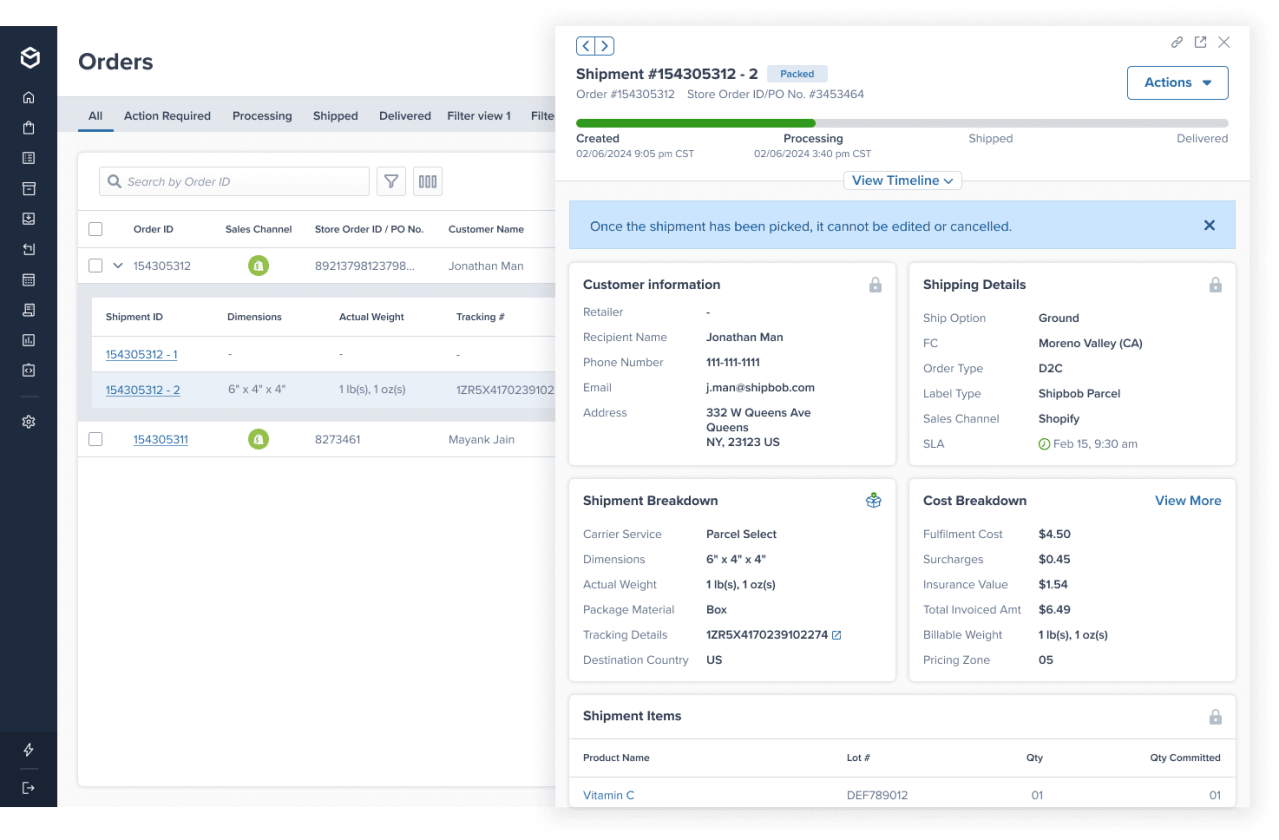
Partner with a 3PL
If you didn’t get in business to oversee logistics, but can’t afford to hire a logistics director, it is possible to outsource fulfillment to a third party logistics company, or 3PL.
3PLs partner with ecommerce businesses to handle inbound and outbound logistics processes such as receiving, warehousing, managing relationships with shipping carriers, processing returns, and more. Some logistics service providers like ShipBob will even store your inventory in fulfillment centers that they operate, and completely handle the picking and packing processes for you.
Altogether, the expertise, efficiency, and technology that a 3PL brings to a partnership can provide cost savings, increase operational quality, and free up more time for you to focus on other strategic growth areas of your business.
Outbound logistics
Here are some tried-and-true methods to leverage when optimizing your outbound logistics.
Build strong relationships
Outbound logistics are extremely collaborative in nature, so strengthening relationships with the people and parties that your supply chain relies on will only improve it. Make sure you pay attention to all parties, including your shipping carriers, 3PL, freight partners, last-mile providers, and even your own warehouse staff if you have one.
Building rapport and trust takes time, and one must commit to paying vendors on time, always being respectful, and communicating effectively. With enough consistency, you can form a long-term partnership that may help you reduce lead times, save money, and even secure more favorable contract terms, volume discounts, and expansion opportunities.
Reduce transit time
Depending on how efficient your warehousing operations are, orders may be processed, picked, and packed within a few hours. It’s the shipping process — and all its complications, delays, and hiccups — that takes the longest time.
To get customer orders on doorsteps faster, try scheduling carrier pickups more frequently, or consider switching to faster carriers. Partnering with a 3PL can be particularly beneficial, as 3PLs have excellent working relationships with carriers that can not only secure you bulk shipping discounts, but get more orders out to carriers more often.
Introduce automation
While some warehouse operations require a human touch, many repetitive or simple tasks can be automated to increase efficiency. Automated functions can also achieve higher accuracy rates, as they reduce or eliminate human error.
Processing orders, generating purchase orders and other documents, generating pick lists, and invoicing are all good choices for automating. If you partner with a 3PL or logistics platform, they may already have these functions automated to save time and money.
Streamline inbound and outbound logistics with ShipBob
ShipBob is a global omnichannel logistics platform that’s prepared to help your business scale its logistics with ease at any size.
To help ecommerce businesses optimize their inbound logistics, ShipBob receives your inventory using best practices, including a standardized WRO process designed for speed and simplicity. We then store your inventory in any of multiple US- and internationally-based fulfillment centers, so that you can reduce shipping costs while minimizing shipping times.
From there, ShipBob handles all of your outbound logistics processes for you, no matter what your order volume is. Whether you’re doing 400 orders a month or 40,000, ShipBob connects with your ecommerce platform so that orders are automatically pushed to ShipBob’s fulfillment centers. Warehouse teams will then pick and pack your orders, and ship them through carrier partners.
ShipBob’s infrastructure was designed with capabilities to make logistics seamless. From warehouse automations to barcode scanning, negotiated discounts with shipping carriers to kitting and assembly, ShipBob is equipped to handle your most complicated logistics needs.
Merchants can even monitor their logistics through ShipBob’s dashboard. The software provides real-time visibility into inventory levels, allows you to set automatic reorder points, and view order status for any of the shipments they fulfill and ship to your customers — all from one easy-to-use platform.
If you’re interested in learning more about how ShipBob can manage your logisticsclick below for more information.
Have your own warehouse?
Your ecommerce brand can now implement ShipBob’s best-in-class warehouse management system (the same system that powers ShipBob’s fulfillment network!) in your own warehouse.
Using ShipBob’s WMS, you brand can manage your inbound and outbound logistics from a single platform. With built-in automations, flexible picking options, and turnkey integrations with major ecommerce platforms and tools, the ShipBob WMS streamlines everything from receiving to shipping, so your brand can both improve efficiency and reduce errors throughout your supply chain.
Inbound and outbound logistics FAQs
Here are answers to some common questions about inbound and outbound logistics.
What is inbound and outbound delivery?
Inbound delivery is different from outbound delivery.
Inbound delivery refers to manufacturers or suppliers delivering raw materials, supplies, or other goods to the business that ordered them (and that will later sell them to end customers).
Outbound delivery refers to the process of transporting orders (i.e. finished goods that have been picked and packed into a box or poly mailer) from a merchant’s warehouse or fulfillment center to the end customer.
What is reverse logistics?
Reverse logistics involves the process of moving goods from their final destination back to the manufacturer or seller for returns, repairs, recycling, or disposal.
It encompasses activities such as processing returned merchandise, refurbishing defective products, and managing recycling programs. Effective reverse logistics can recover value from returned goods and enhance customer satisfaction.
How do inbound and outbound logistics impact overall supply chain efficiency?
Both inbound and outbound logistics are critical to supply chain efficiency:
- Inbound logistics. Efficient management ensures timely receipt of materials and products, reducing delays and production downtime.
- Outbound logistics. Streamlined processes facilitate prompt order fulfillment and delivery, meeting customer expectations and reducing lead times.
Optimizing both aspects leads to a responsive and cost-effective supply chain.
How do inbound and outbound logistics impact customer satisfaction?
Effective logistics directly influence customer satisfaction:
- Inbound logistics. Ensures product availability by maintaining adequate stock levels, preventing stockouts that can disappoint customers.
- Outbound logistics. Timely and accurate deliveries enhance the customer experience, fostering trust and repeat business.
A well-managed logistics system ensures customers receive the right products at the right time.


